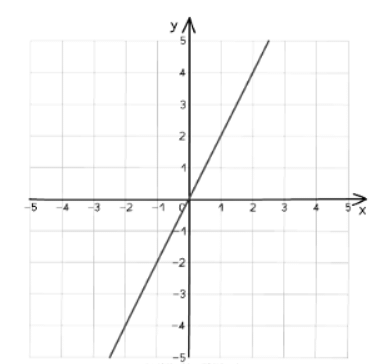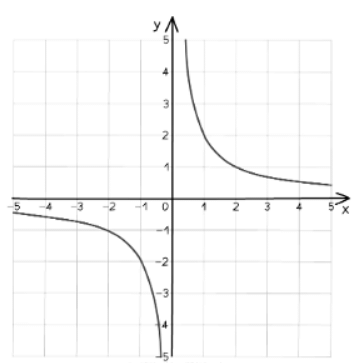Class 10 Exam > Class 10 Notes > Mathematics for GCSE/IGCSE > Proportion
Proportion | Mathematics for GCSE/IGCSE - Class 10 PDF Download
Direct Proportion
What is direct proportion?
- Proportionality describes the relationship between two variables, indicating how they change concerning each other.
- Direct proportion implies that as one variable increases, the other increases by the same factor.
- This ensures that the ratio between the two variables remains constant.
- If x and y are directly proportional, their values maintain the same ratio, denoted by x : y.
- This relationship can be represented by an equation y = kx, where k is a constant value.
- Graphically, their relationship forms a linear graph, with a gradient of k.

- In some cases, a variable may be directly proportional to a function of another variable.
- For instance,
- y being directly proportional to the square of x is represented as y = kx2.
- Similarly, y being directly proportional to the square root of x is denoted as y = k√x.
- Additionally, y being directly proportional to the cube of x is shown as y = kx3.
- Each of these scenarios results in a distinct type of graph, depending on the specific function involved.
How do we deal with direct proportion questions?
Direct proportion questions can be dealt with in the same way:
- STEP 1: Identify the two variables and establish the formula in terms of these variables. For instance, if A is directly proportional to B, the variables are A and B. If A is directly proportional to B, the formula is A = kB. If A is directly proportional to the square of B, then A = kB2.
- STEP 2: Determine the constant k by substituting the provided values into the formula and solving the equation.
- STEP 3: Express the formula for A in terms of B by substituting the calculated value of k.
- STEP 4: Utilize the formula to calculate the desired quantity.
Inverse Proportion
What is inverse proportion?
- Inverse proportion means as one variable goes up the other goes down by the same factor
- If two quantities are inversely proportional, then we can say that one is directly proportional to the reciprocal of the other
- If x is inversely proportional to y, then
 will always be the same
will always be the same- there will be some value of k such that x = k/y
- the graph will be related to that graph of y = k/x

How do we deal with inverse proportion questions?
Inverse proportion questions can be approached similarly to direct proportion questions.
- Step 1: Identify the two variables and establish a formula based on those variables.
- Example: If A is inversely proportional to B, then A and B are the two variables.
- If A is inversely proportional to B, use the appropriate formula. If A is directly proportional to the square of B, use a different formula.
- Step 2: Determine the constant of proportionality, k, by substituting the given values into the formula and solving.
- Step 3: Express the formula for A in terms of B by substituting the calculated value of k.
- Step 4: Utilize the formula to calculate the desired quantity.
The document Proportion | Mathematics for GCSE/IGCSE - Class 10 is a part of the Class 10 Course Mathematics for GCSE/IGCSE.
All you need of Class 10 at this link: Class 10
|
66 videos|674 docs|19 tests
|
FAQs on Proportion - Mathematics for GCSE/IGCSE - Class 10
| 1. How can I identify direct proportionality in a given mathematical problem? |  |
Ans. Direct proportionality can be identified when two variables increase or decrease at a constant rate or ratio. This means that as one variable increases, the other also increases, and vice versa.
| 2. Can you provide an example of a real-life scenario where inverse proportionality is observed? |  |
Ans. One example of inverse proportionality is the relationship between the number of workers assigned to a project and the time taken to complete it. As the number of workers increases, the time taken to complete the project decreases.
| 3. How do I calculate the minimum number of workers required to complete a project within a given timeframe using inverse proportionality? |  |
Ans. To calculate the minimum number of workers required, you can use the formula: Minimum Number of Workers = Total Work ÷ Work Rate. This will help you determine the optimal number of workers needed to complete the project within the specified timeframe.
| 4. What are the key concepts to remember when dealing with direct proportionality in CIE IGCSE Maths: Extended exams? |  |
Ans. Key concepts to remember include understanding the relationship between variables, identifying direct proportionality through constant rate or ratio, and applying appropriate formulas to solve related problems.
| 5. How can I apply the concept of inverse proportionality to solve complex project completion questions in CIE IGCSE Maths: Extended exams? |  |
Ans. To solve complex project completion questions involving inverse proportionality, break down the problem into smaller steps, identify the variables involved, and use the formula for inverse proportionality to calculate the required values.
Related Searches















